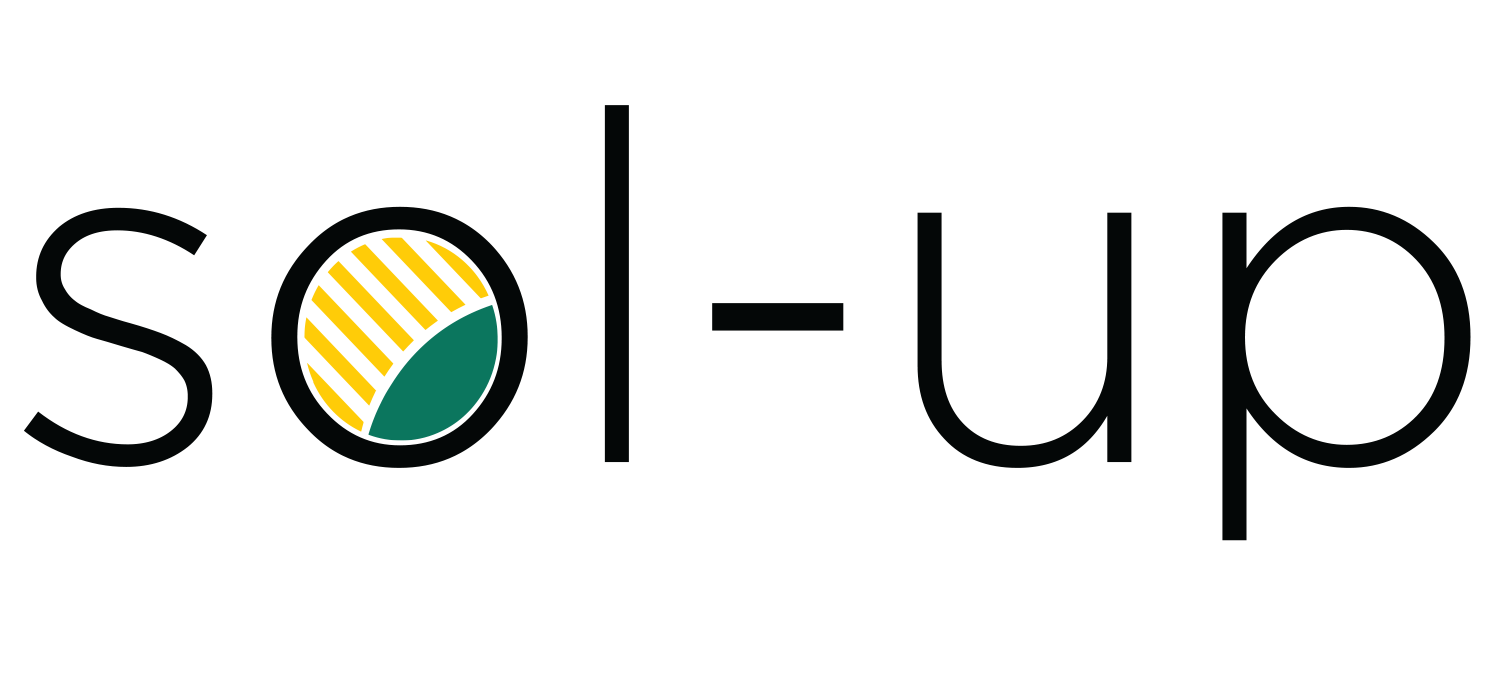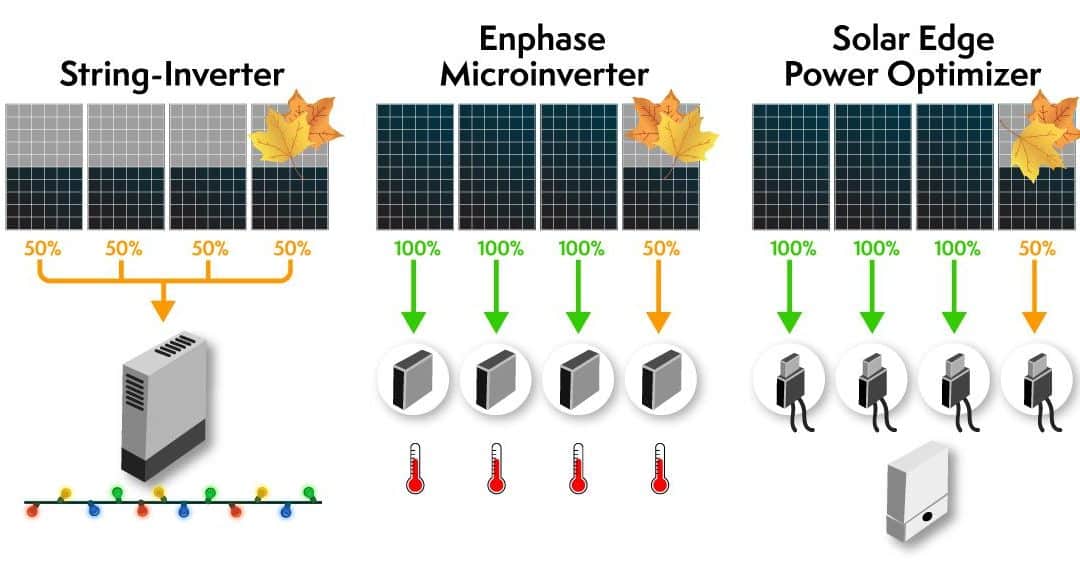What Are String Inverters, Microinverters, and Power Optimizers?
In this article we will briefly discuss the different types of solar inverters/optimizers and the benefits of each.
Let’s start with microinverters. Microinverters have their own set of benefits and we will touch on them here. Unlike string inverters, with microinverters each panel operates independently – so if one panel gets obstructed by falling leaves or goes down, the rest of your system keeps
producing at its allotted maximum power.
DC to AC conversion happens directly at the panel level, so there is no high-voltage power traveling through your system. The low-voltage DC never exceeds 60 volts. However, because microinverters are on your roof, they can get overheated in extreme heat conditions. Ever have a warning on your phone when it gets too hot? The same applies to your microinverter technology.
Next, let’s look at the power optimizer. The Solar Edge Power Optimizers are not a string inverter. The power optimizers are connected like light bulbs in your kitchen – one goes out and the others will be unaffected and keep working. Like microinverters, power optimizers can be monitored panel by panel. However, with Solar Edge Power Optimizers if one stops producing you will know not only exactly when it stopped, but also the specific panel. With the power optimizers, the DC to AC conversion is done at the ground level either in your garage or on the side of your home. Because it is installed out of direct sunlight, it does not have overheating issues like microinverters. This makes it more efficient and resilient on hot summer days. Moreover, because of the ground level mounting it makes it easier for troubleshooting and repairs.
Lastly, let’s talk about string inverters. String inverters convert the direct current (DC) from your solar panels into alternating current (AC), the electricity that is useable in your home.
While they can be a short-term cheaper solution, they connect multiple solar panels, forcing he performance to be equal to the worst performing panel. We can liken them to old school Christmas lights. When one goes out, they all go out. One string inverter will handle the energy produced in a row of 5 – 10 solar panels, which makes the upfront equipment cost less than purchasing 5 – 10 microinverters. However, the long-term costs associated with string inverters far outweigh the short-term benefits.
Not to mention, there is high-voltage electricity constantly on your roof. With the energy being converted at the end of the row of solar panels and not directly under the panel, you can have up to 1,000 volts of DC transferring across it. This can be a major hazard and is one of the reasons why Sol-Up does not use string inverters.
Sol-Up uses Enphase Microinverters and Solar Edge Power Optimizers – the best on the market. We would love the opportunity to share more with you or answer any questions that may arise. Please contact one of our Energy Consultants today and learn even more benefits of microinverters and power optimizers.

